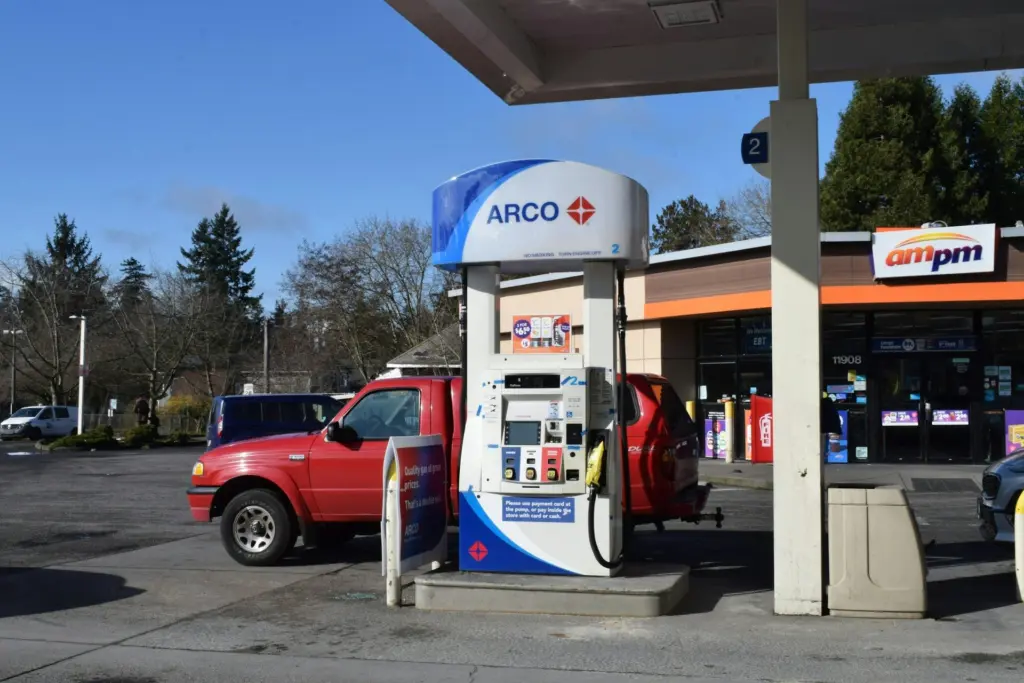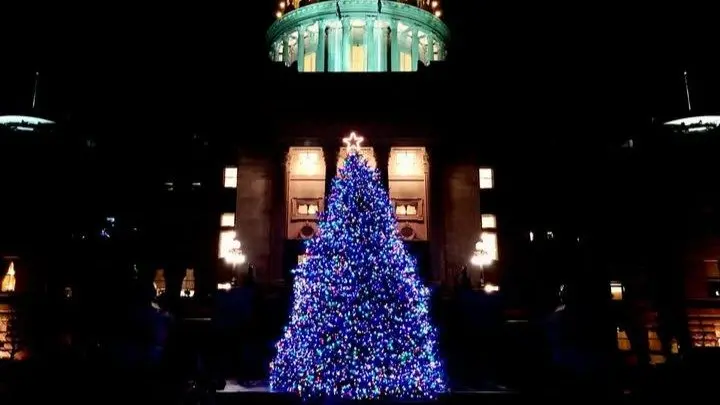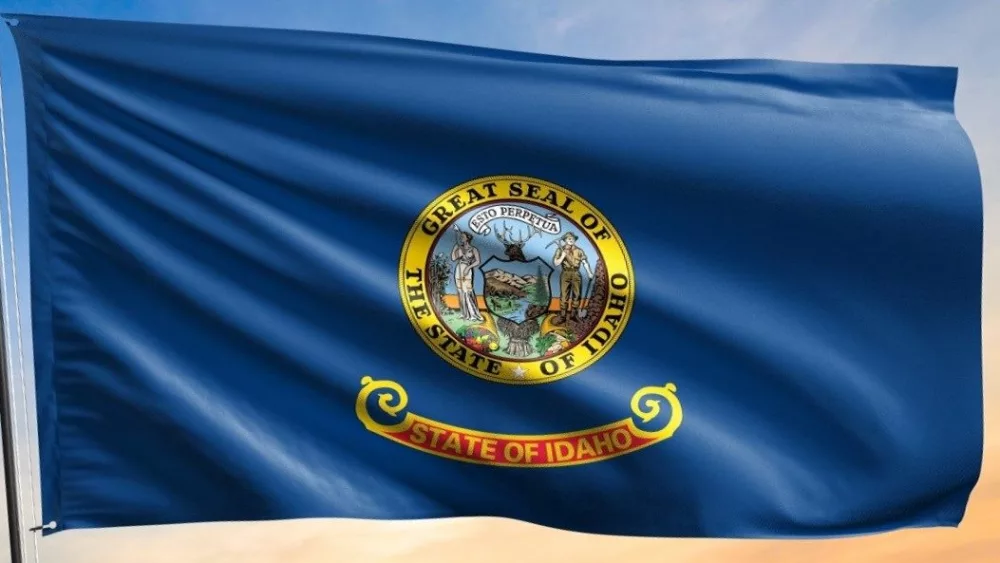OLYMPIA, WA – Motorists in Washington state – home to some of the highest gas prices in the nation – could see some relief from spiking fuel prices this fall, due to various factors.
According to AAA, the average price of standard, or regular grade, gas in Washington is $4.598 per gallon as of Wednesday afternoon, up from last week’s $4.657. However, prices have increased substantially compared to last year, when gas was $4.101.
Washington’s gas prices are second only to California’s, where drivers currently pay an average of $4.652 for a gallon of standard gas. For a time earlier this month, Washington gas prices were the most expensive in the nation, topping even California.
“You know, we’re finally starting to see some relief in Washington state,” Patrick De Haan, head of petroleum analysis at GasBuddy, told The Center Square on Tuesday, explaining that in-state gas prices will likely decrease for various reasons.
Some of those reasons include the transition to a cheaper winter-blend gas, the expected resolution of a temporary outage of the Olympic Pipeline, which transports fuel from Washington refineries to the Portland, Ore., area, and an increased global supply of crude oil.
“We’ve seen these squeezes in late summer just ahead of the transition back to cheaper winter gasoline,” De Haan explained. “The goal is to end the summer driving season not with, like, lavish amounts of this summer gasoline because it’s generally more expensive.”
He said refineries start to produce winter-blend gas in late August ahead of the Sept. 15 switchover date.
“But sometimes when unexpected refinery disruptions develop, it can really impede how much supply you have on hand to get through the 15th of September – that’s the last day summer gasoline is required,” De Haan said.
He continued: “That’s why we’re starting to see some relief now; it’s because the changeover to winter gasoline. It’s because sky-high prices incentivize refineries elsewhere to produce more gasoline for your region and ship it there.”
De Haan suspects gas prices in Washington will decrease in the short term and beyond.
“For that reason, you’re still going to see a big drop in prices over the next few weeks. I mean, we’re down 7 cents from a week ago, but you could easily go down another 30, 40, 50 cents by Thanksgiving, as long as there aren’t any new issues to speak of,” he said.
The Center Square asked about Washington’s carbon tax, established by the 2021 Climate Commitment Act. This tax sets a declining cap on greenhouse gas emissions for the state’s largest polluters, requiring them to purchase “allowances” at quarterly auctions to cover their emissions. The cap-and-trade program has brought in nearly $3.5 billion in total revenue since it began in January 2023.
“Is the cap-and-trade program leading to some of the highest gas prices in the country? Absolutely. Is it making it worse when refinery outages happen? Not so much,” De Haan said. “When prices skyrocketed in the last few weeks, the cap-and-invest, or the cap-and-trade, program was still collecting basically the same amount with every gallon. The amount didn’t necessarily go up. In fact, usually when there’s refinery disruptions, it means carbon credit values decrease, because there’s more permits available.”
The carbon tax “is still impactful to the bottom line. That’s why in Washington state, ever since it was enacted … it broke from following Oregon very closely – and now you’re kind of in a league of your own. You’re not quite California bad during normal times.”
He estimates the carbon tax “is costing motorists in the ballpark of 25 to 35 cents per gallon.”
Another factor impacting Washington gas prices: taxes.
On July 1, the state’s gas tax increased by 6 cents a gallon to 55.4 cents, while diesel went up 3 cents a gallon to 58.4 cents.
Larry Behrens, an energy expert and the communications director for Power the Future, was less sanguine about fuel prices in the Evergreen State.
“Working families in Washington are paying twice at the pump – once through high gas taxes, and again through the failure of green policies that promise relief but deliver only higher costs,” he emailed The Center Square. “While oil production is on the rise, state leadership that insists on ideology over reality ensures Washington drivers will remain stuck with painful prices. Until leaders embrace American energy solutions instead of political talking points, families will continue to feel the squeeze in their wallets every time they fill up.”





